As we count down the final days toward an unprecedented summit between President Trump and North Korean leader Kim Jong-un, the airwaves and what seems to be reams of print have been saturated with policy advice and expert observations. And given the extraordinary events that have led up to Kim’s remarkable pivot toward engagement, Korea-watchers have been appropriately examining their assumptions about Kim’s motivations and particularly whether he has, indeed, made a strategic change in his views about nuclear weapons.
While we have been discussing—privately and publicly—our assumptions, how North Korea’s history of breaking past agreements might be coloring our current assessments, and the signposts of real change in Pyongyang’s approach, the only person who apparently hasn’t questioned his assumptions is President Trump himself. In fact, his seemingly unwavering confidence that he can solve the North Korea once and for all, where other presidents have failed, is possibly rooted in his mirror-imaging—the notion that he knows what would work with Kim because, ultimately, he is like Trump or like the many businessmen with whom Trump has worked in the past.
Richards Heuer, the dean of intelligence analysis and a 45-year veteran of the CIA who worked both in operations and analysis, described mirror-imaging as a situation where the individual “fill[s] in the gaps…assuming that the other side is likely to act in a certain way because that is how the U.S. would act under similar circumstances.” He added that “failure to understand that others perceive their national interests differently from the way we perceive those interests is a constant source of problems in intelligence analysis.” In the intelligence community, we had guardrails and safety-nets inherent in the diversity of opinions, creativity, and the depth of expertise.
The teams that are coordinating the upcoming summit between President Trump and Kim Jong-un are seasoned diplomatic and intelligence officials who have deep knowledge of North Korea and are supported by an army of experts in the U.S. government. I have no doubt that my former colleagues are working long hours to ensure that the summit goes well and that they are capably providing senior policymakers with the risks and opportunities of engaging with Kim Jong-un.
While I have confidence in the expertise of the working-level analysts, including their baseline assessments of what is driving Kim to pivot toward engagement, my concerns lie in what I am seeing from President Trump. He has expressed confidence in his ability to solve this issue, which has proven to be so intractable over the decades. Before his May 24 letter cancelling the summit, Trump promised that Kim Jong-un would “be in his country, he’d be running his country, his country would be very rich.” In stamping his own preferences onto Kim, Trump has probably fed his own confidence that he can make a deal, in contrast to all the failed nuclear negotiations of the past.
Recent reports suggest that President Trump doesn’t even think that he needs to prepare, given his apparent belief that the sheer force of his charm and deal-making prowess can finally convince Kim to see the light and give up his nuclear weapons. Earlier this week, Trump said that he is “very well prepared” for the summit with Kim, adding: “I don’t think I have to prepare very much. It’s about attitude, it’s about willingness to get things done.” One Republican adviser admitted that Trump has little interest in learning about the details of nuclear disarmament in general and that “he thinks that all he needs to do is get into a room with Kim for two hours and he thinks he can get it all worked out.”
Furthermore, the White House apparently has not convened a Cabinet-level meeting, as Trump continues to eschew the traditional decisionmaking processes, which had been designed to ensure a whole-of-government approach to national security problems.
When Trump goes into that room with Kim, there will be few guardrails.
These are worrisome developments because when Trump goes into that room with Kim, there will be few guardrails to check his assumptions about what Kim wants and what Trump himself can deliver.
This type of approach to Kim might work—if Kim were a businessman, like one of the many contractors, real-estate developers, and investors that Trump has known over the years. One can imagine that Trump the real-estate mogul-turned-U.S.-leader sees Kim as wanting the same wealth, glory, and acclaim that he had once promised his business partners. “I truly believe North Korea has brilliant potential and will be a great economic and financial nation one day,” Trump tweeted late last month.
But Kim is not a businessman, and wealth—in Trump’s sense of the word—is not what he is looking for as he continues his maximum engagement strategy. Trump’s mirror-imaging has the potential to lead to policymaking that doesn’t really comport with the realities of this thorny national security problem.
Kim is highly unlikely to give up nuclear weapons to get a McDonalds franchise in Pyongyang. And his pivot toward engagement is probably aimed at trying to reduce China’s appetite for sanctions implementation. If we are to believe Kim Jong-un, he has completed the nuclear project that his grandfather started and his father nurtured. North Korea’s identity is wrapped up in the idea of being a nuclear state—it’s in its constitution, its monuments, its rhetoric, and in its culture. To trade that away for money from Americans would be the ultimate form of dishonor and betrayal to its founding principles.
So when the Trump administration talks about American capitalism helping to develop North Korea, Kim sees as American “imperialists” seeking to exploit the country’s people and resources. Kim Kye-kwan, the North Korean first vice foreign minister, said in response to such U.S. declarations: “We have never had any expectation of U.S. support in carrying out our economic construction and will not at all make such a deal in the future, too.”
At the same time, Kim might see it worthwhile to use U.S. comments about sending investment and American know-how to North Korea to coax other countries to follow suit, so that he can pocket the benefits of engagement without making real concessions on his nuclear program.
Assumptions are hard to identify and even harder to check, without a willingness to learn and incorporate new or different information or an ability to empathize. And it becomes harder to dismantle when one becomes so invested in the policy choices based on those assumptions which tend to morph into “fact.” It’s worthwhile to test how far Kim is willing to go and what he is willing to give up, but real progress with Kim is more likely if President Trump checked his mirror-imaging at the door and tried to understand the complexities of Kim’s motivations.
The Brookings Institution is committed to quality, independence, and impact.
We are supported by a diverse array of funders. In line with our values and policies, each Brookings publication represents the sole views of its author(s).

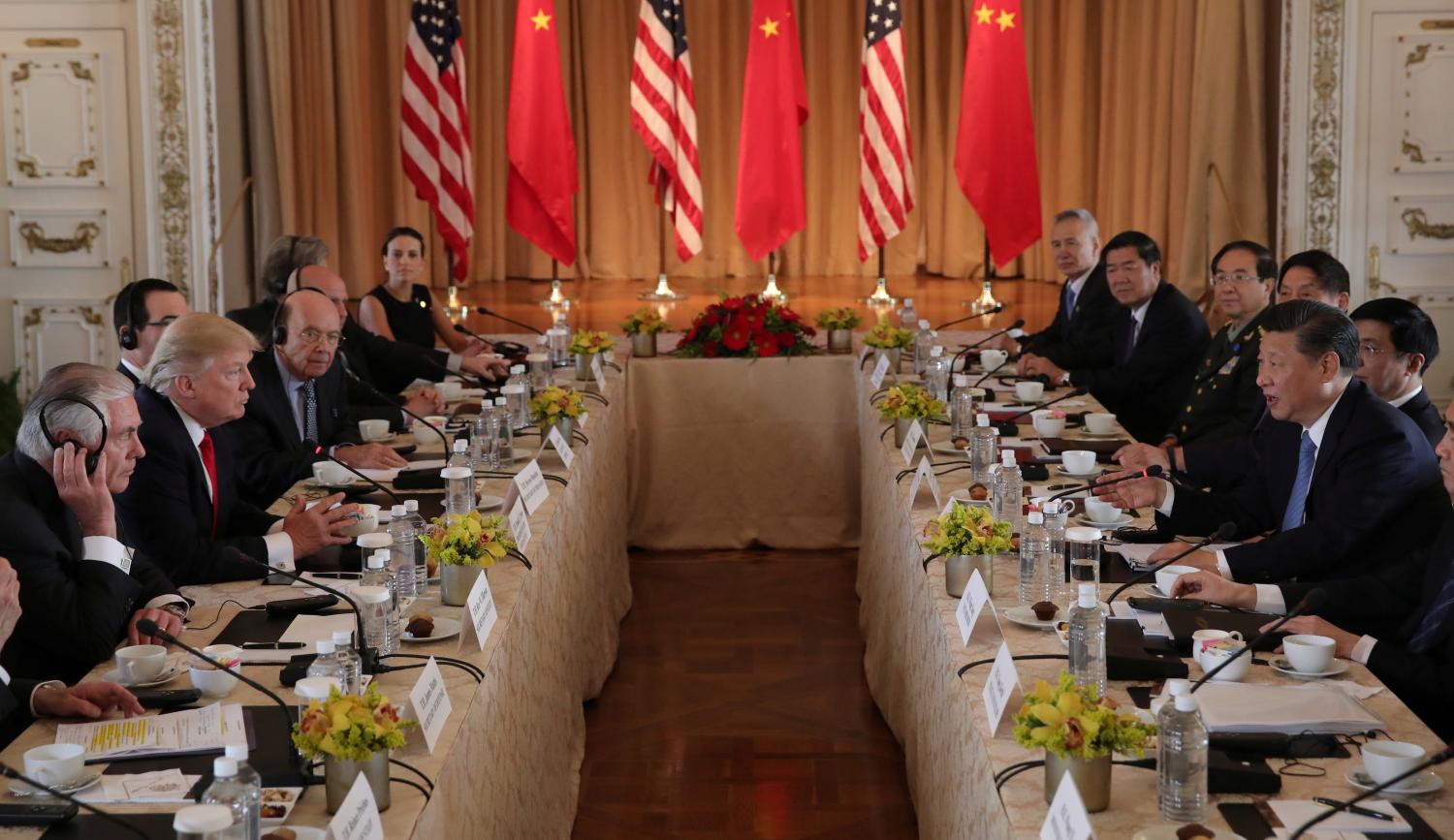
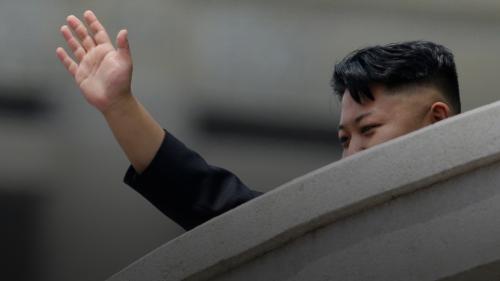
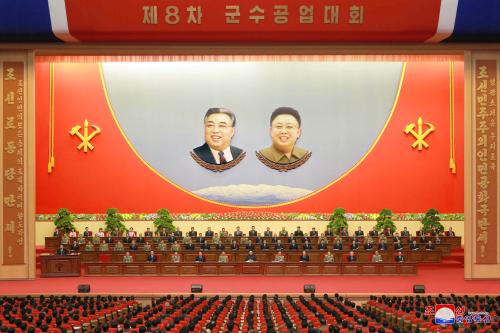
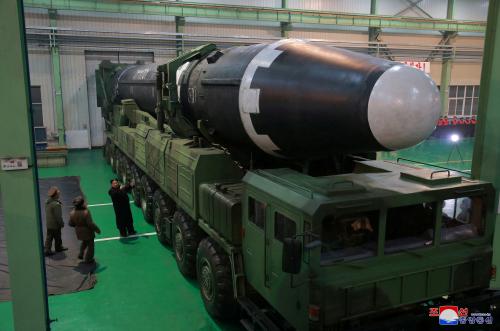


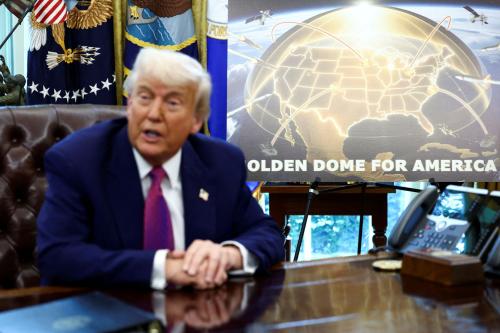
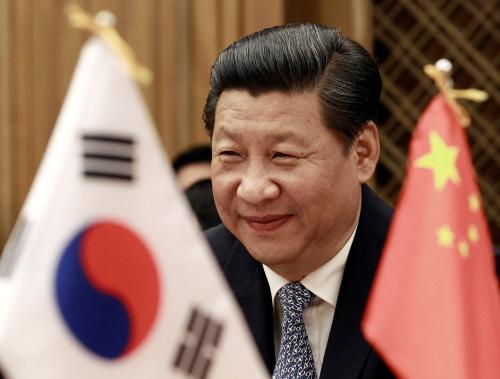
Commentary
With Kim Jong-un, Trump is mirror-imaging. That’s a mistake.
June 8, 2018